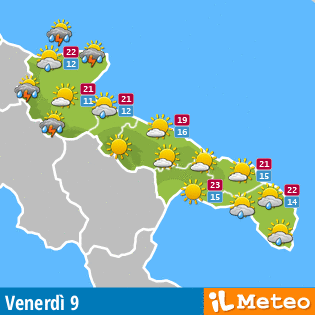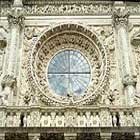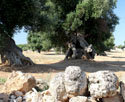Flora and fauna
Self- vegetation and animal species in Apulia
A huge number of biotopes of vegetable and animal species characterizes the region, even if only the 7% of the territory has been declared protected area. The territory is marked by the Mediterranean maquis. On the other hand, the fauna produces three different zones.
Vegetation and animals of the Apulian territory
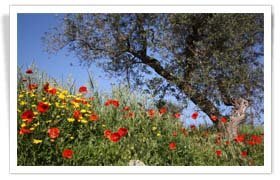
The Apulian self-vegetation was once rich of woods; today the territory shows the Mediterranean maquis and the so-called ganga (rocky pasture). Among the arboreal species we find the Aleppo Pine, in particular on the Gargano coast and in the area of the Gulf of Taranto, and the holm-oak, typical of the Salento; on the so-called Murgia we can admire Beeches, Durmasts, Hornbeams and Maples.
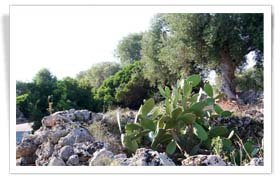
The Mediterranean maquis represents the distinctive trait of this territory: it is a self-vegetation mostly characterized by shrubs which stand up to the summer dry weather such as the Lentisk, the Broom, the maritime Cistus, the thorny Oak tree, the Strawberry-tree, the Myrtle, the Juniper, the Phoenician, the Carob, the Caper, the Fig-tree, the White-thorn, the thorny Plum-tree, the Blackberry bush and so on.
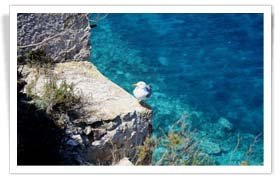
The fauna of the territory produces three large areas. About 20 years ago, it was possible to admire, on the Gargano, wolfs and roes which are completly disappeared. There are only few wild boars but we can still admire the badger, the fox, the porcupine, the mole, the weasel and the squirrel. In the zones of Murgia and Salento there are few mammals, mostly rodents such as the fieldmouse. Among the birds we find the lark and the meadow pipit. The lowland is characterized by the presence of the meadow chicken.
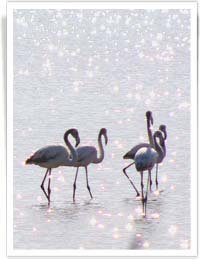
The region shows two national parks: the Gargano National Park with many areas and reserves such as the Foresta Umbra, the reserve of Falascone and the lakes of Lesina and Varano, and the Alta Murgia National Park with its Karst phenomena, the steppe landscapes with lichens, mosses, wild orchids, amphibians and many bird species. There are also two regional parks (Lama Balice and Portoselvaggio – Torre Uluzzo ), three maritime reserves (Torre Guaceto, Porto Cesareo and the Tremiti islands) and many natural reserves and protected areas.
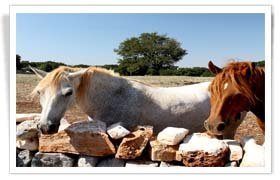
The protected areas offer a refuge for many species. In the woods of the Gargano we can find the roe which is also the symbol of the park. The moist zones give hospitality to numerous migratory birds, such as the rare flamingo. There are also the sparrow-hawk which feeds on the hen-pheasant, a typical and rare species of the steppe areas.

 Home PUGLIA
Home PUGLIA Places to visit
Places to visit Sea places
Sea places Ancient villages
Ancient villages Salento
Salento Gargano
Gargano Tremiti Islands
Tremiti Islands Valle D'Itria
Valle D'Itria Lecce Baroque
Lecce Baroque Holy sites
Holy sites Olive groves
Olive groves Sitemap
Sitemap